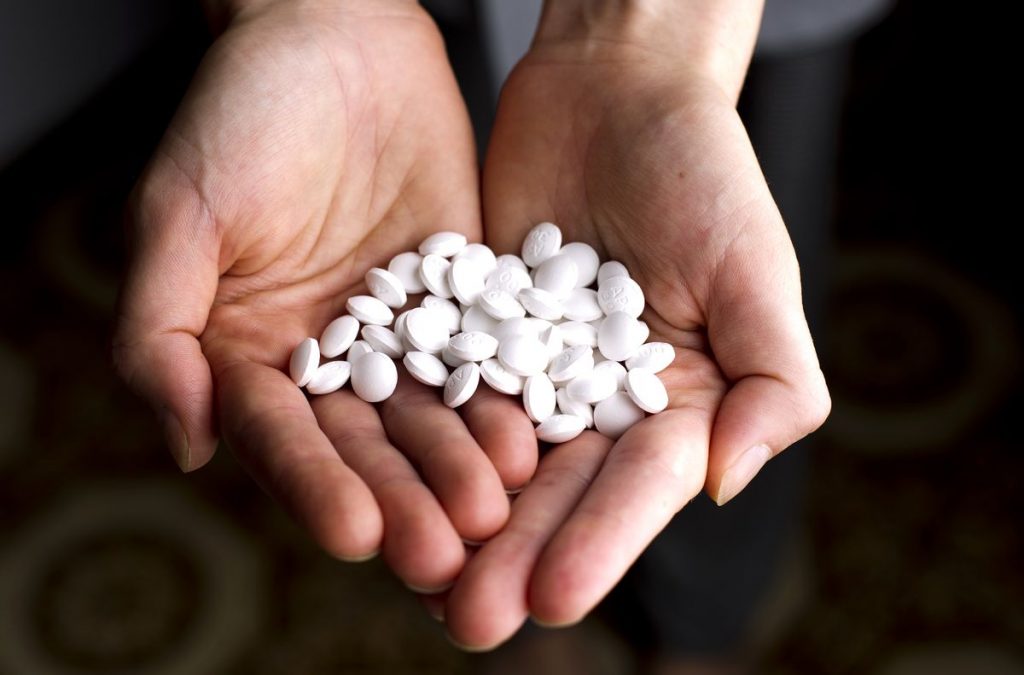Anakinra An Effective Drug For Fight Against Arthritis

Anakinra is a drug indicated for the treatment of rheumatoid arthritis that does not respond to treatment with methotrexate. It is also used in combination with this drug. It owes its effectiveness to the ability to block inflammation and cartilage degradation.
Anakinra is not considered a disease-modifying antirheumatic drug (DMARD), but is a biological response modifier (BRM). That belongs to this second classification is because it is capable of selectively attacking the pathological element of the disease.
To better understand and understand the mechanism by which anakinra is effective against this disease, we must first have a basic idea of what arthritis is.
How does arthritis develop?
Arthritis is an autoimmune disease characterized by persistent inflammation in the joints. It usually affects small joints, such as, for example, the hands and feet.
In the affected places, this disease produces a progressive destruction and generates different degrees of deformity and functional disability. Cursa, apart from inflammation, with pain, stiffness, and loss of joint function.

Although the exact cause is not known, it is known that autoimmunity is fundamental for the development, origin, and progression of arthritis. This means that the disease is the result of an attack by our immune system to the tissues of the body.
This process is associated with the presence of autoantibodies, which are proteins developed by the immune system that act directly on our own body. It usually begins in middle age but is more common among older adults. It can also affect other parts of the body as well as the joints, such as the eyes, mouth and lungs.
Now we will see in more detail the following sections on the anakinra:
- Mechanism of action.
- Pharmacokinetics
- Adverse reactions.
Mechanism of action
Anakinra is an antagonist of the 1α and 1β receptors of interleukin (IL-1). It competitively inhibits the binding of interleukin-1 to its receptor, which is expressed in a wide variety of tissues and organs.
IL-1 is produced in response to inflammatory stimuli and mediates different physiological responses. Within them are the inflammatory and immunological reactions. This protein also stimulates bone resorption and causes tissue damage such as cartilage degradation, which is why it is effective in rheumatoid arthritis.
Anakinra pharmacokinetics

This drug is administered subcutaneously presenting good absorption. It must always be administered at the same time to avoid the accumulation of the drug. It has an elimination half-life of approximately 4 to 6 hours.
It is excreted mainly by urinary route. This elimination is variable depending on the clearance of creatinine and the patient’s body weight. Creatinine is a waste product of our body that is filtered in the liver and then eliminated in the urine. Measuring their clearance is a very common process to check the functioning of the kidneys in patients.
In those that this value is increased, like the corporal weight, the clearance of the anakinra will also be greater. Clearance is the amount of plasma that the liver can purge per unit of time.
It presents a bioavailability, after administering a dose of 70 mg, of 95% and the maximum concentrations in plasma, in patients who present with rheumatoid arthritis appear between 3 and 7 hours after the administration of a dose of 1-2mg / kg of a drug.
Adverse reactions

The most frequent adverse reaction of this medication is a reaction that occurs in the place where the corresponding dose has been injected. This reaction appears in almost all patients treated with anakinra.
Apart from this symptom, there are other adverse reactions typical of this drug. First mention the gastrointestinal discomfort that can occur, such as nausea, diarrhea or abdominal pain.
On the other hand, it is possible that it triggers allergic reactions, being banned the use of anakinra in patients hypersensitive to the drug. There have also been cases in which patients have suffered neurological problems.
An important adverse reaction is the hematological problems (affects the blood cells) that can densencadenar. Other effects of the anakinra are:
- Flu symptoms.
- Infections.
- Urinary tract infection.
- Sinusitis.














